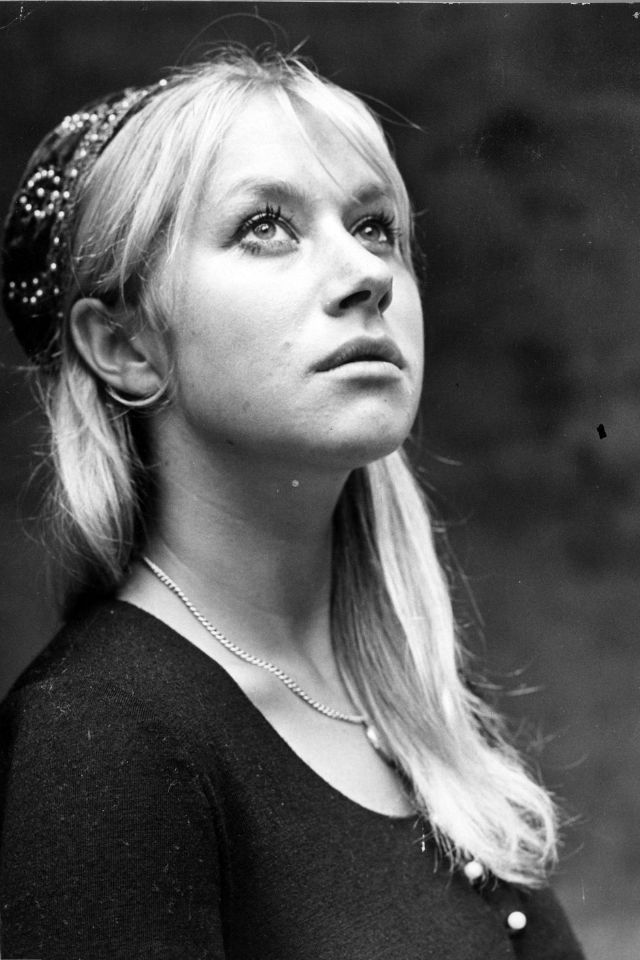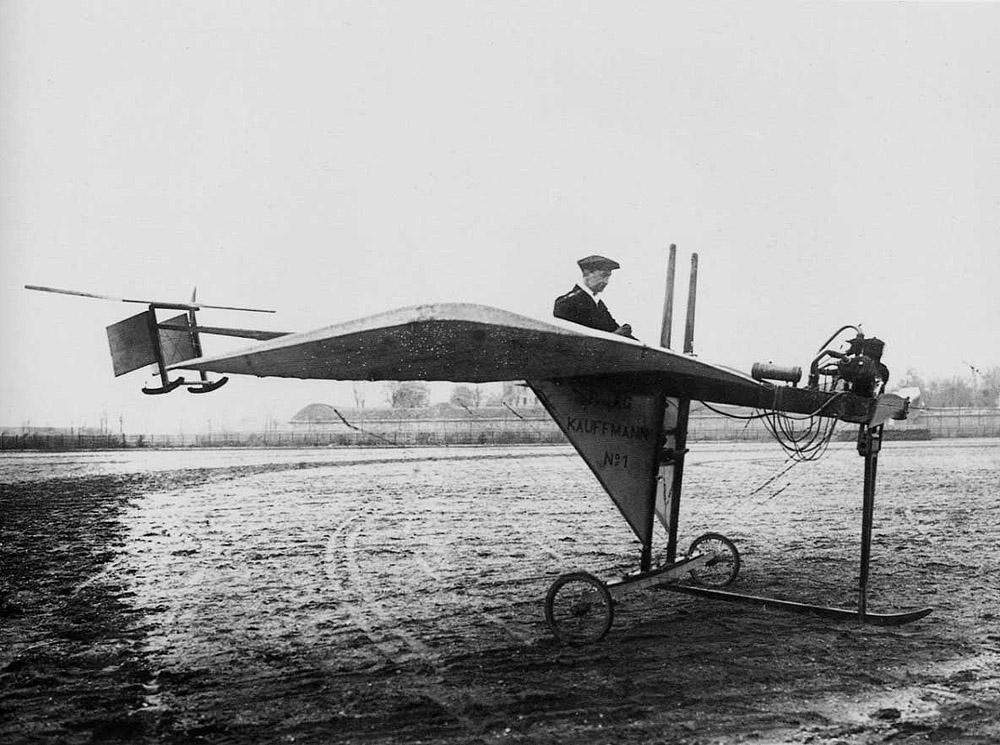
Fueled by an insatiable desire to conquer the uncharted realms of flight, visionaries like the Wright brothers, Otto Lilienthal, and Alberto Santos-Dumont took to the skies with audacity and unwavering determination.
These timeless snapshots offer a rare glimpse into the pioneering days of aviation, where visionaries dared to conquer the skies.
Humanity’s desire to take to the skies can be traced back to ancient civilizations. Mythologies from cultures around the world abound with stories of gods, heroes, and mythical creatures capable of flight.
These early legends and tales served as inspirations for future generations, planting the seed of the dream of flight in human consciousness.
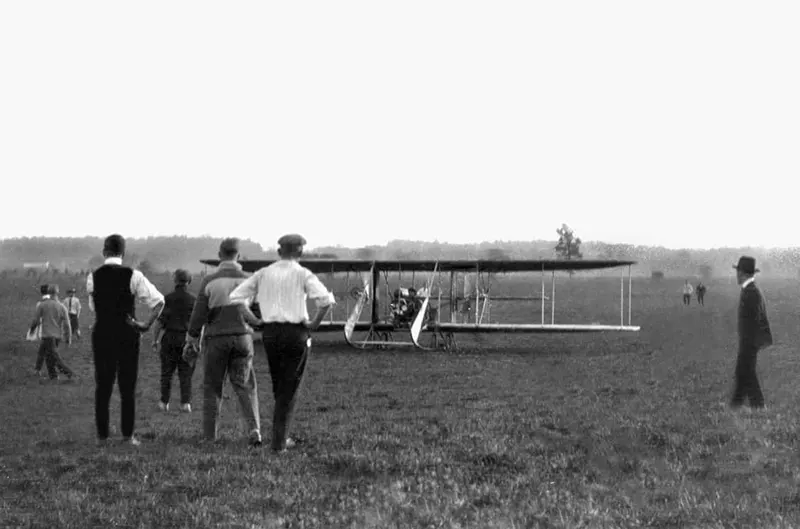
A crowd gathers to see an early aircraft in Ohio, 1900s.
The late 18th century marked the dawn of the balloon era. In 1783, the Montgolfier brothers, Joseph-Michel and Jacques-Étienne, achieved the first manned flight in a hot air balloon.
Their invention captivated the world’s imagination and paved the way for further experiments and advancements in aerial technology.
Ballooning became a popular spectacle, but its limitations in terms of control and propulsion sparked a quest for a more practical form of flight.
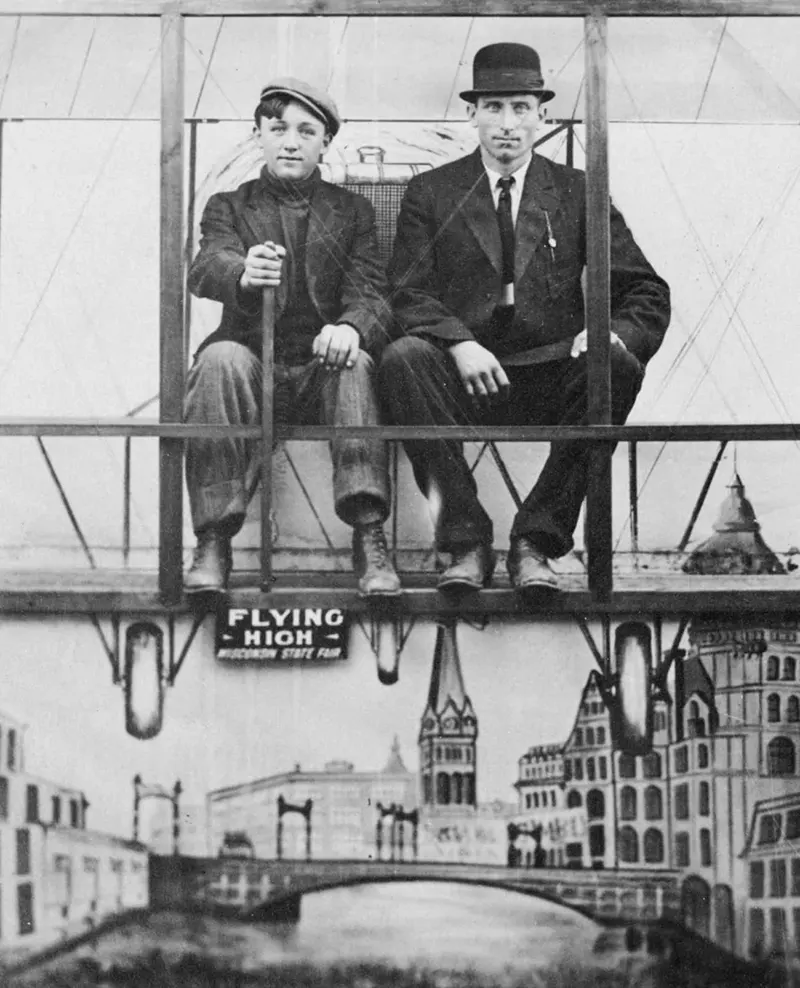
Father and son posing in a plane at the Wisconsin State Fair, 1900s.
The pivotal moment in the history of aviation arrived on December 17, 1903, when Orville and Wilbur Wright achieved powered flight with their Wright Flyer at Kitty Hawk, North Carolina.
Their groundbreaking achievement marked a turning point in human history, as they unlocked the secrets of controlled, powered, and sustained heavier-than-air flight.
Orville and Wilbur Wright, two brothers from Dayton, Ohio, had been fascinated by the concept of flight since their childhood.
They were avid readers and studied the works of aviation pioneers, such as Otto Lilienthal and Octave Chanute, who had conducted experiments with gliders.
However, the Wright brothers realized that to achieve true controlled flight, they needed to develop a reliable means of propulsion.
They meticulously researched and experimented with various aspects of flight, including wing design, aerodynamics, and control mechanisms.
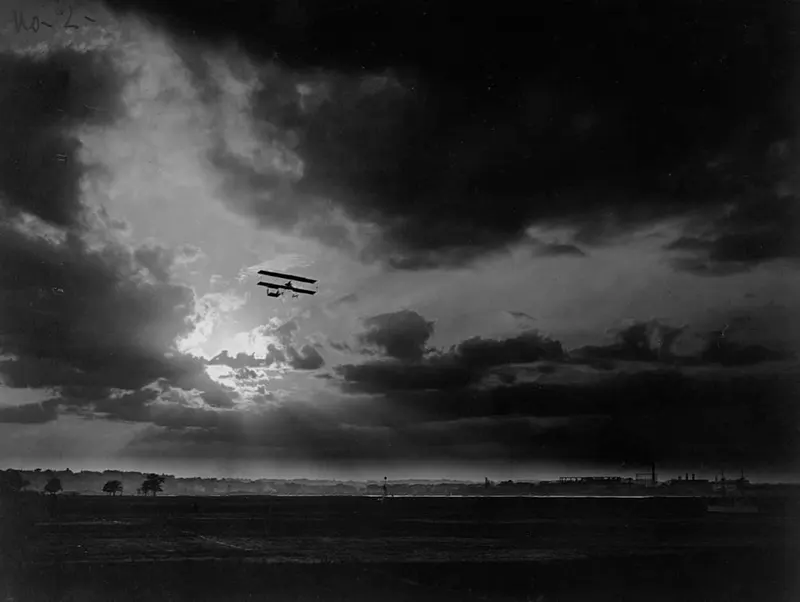
An early biplane in flight. France, 1910.
One of the key challenges they faced was developing a propulsion system lightweight enough to lift the aircraft off the ground yet powerful enough to sustain flight.
To address this, the Wright brothers designed and built their own lightweight internal combustion engine, which generated 12 horsepower.
Equipped with their custom-built engine, the Wright brothers focused on developing a suitable airframe and control system.
They employed a biplane configuration with a wingspan of 12.3 meters (40 feet) and a total weight of 340 kilograms (750 pounds).
The wings featured a unique design element known as “wing warping,” which allowed for lateral control and stability.
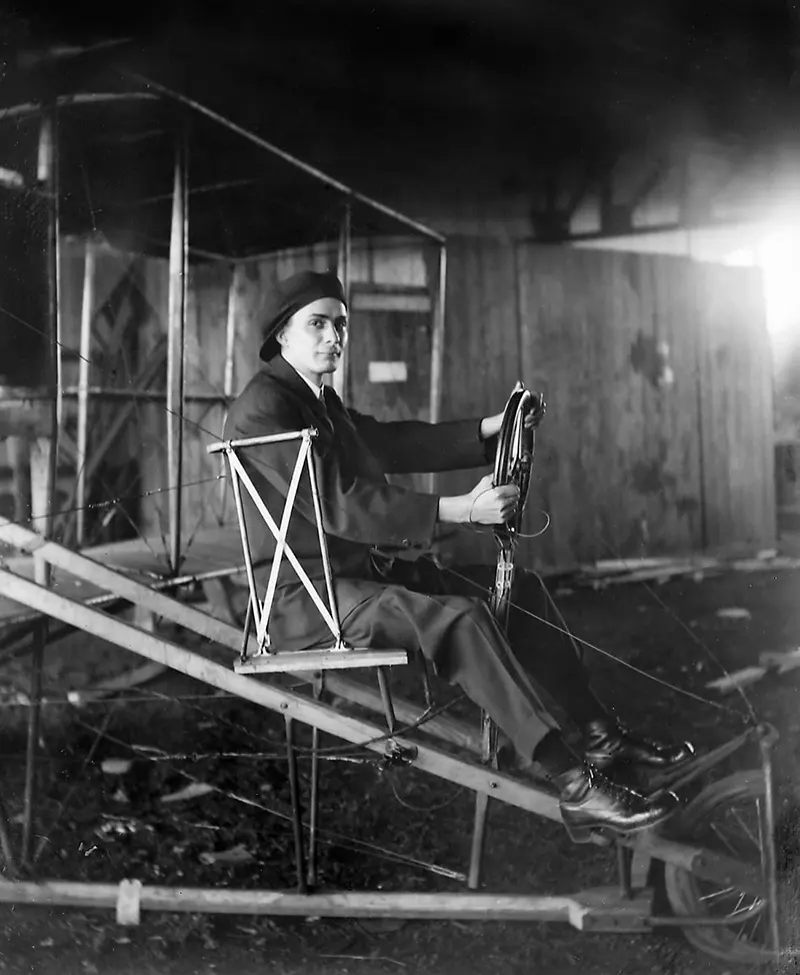
A man with a homemade flying machine.
On that historic day in December 1903, with a strong headwind assisting their takeoff, Orville Wright took his position on the Flyer’s lower wing and prepared for the first powered flight attempt.
With a sudden surge of power, the Flyer started to roll down the wooden rail that served as a launching track. As it lifted off, Orville skillfully manipulated the wing-warping controls to maintain balance and control the aircraft.
The flight lasted a mere 12 seconds, covering a distance of approximately 36.5 meters (120 feet). Although brief, this groundbreaking achievement demonstrated that powered flight was indeed possible.
Over the course of the day, the Wright brothers completed three additional flights, with the longest one covering 260 meters (852 feet) in 59 seconds.
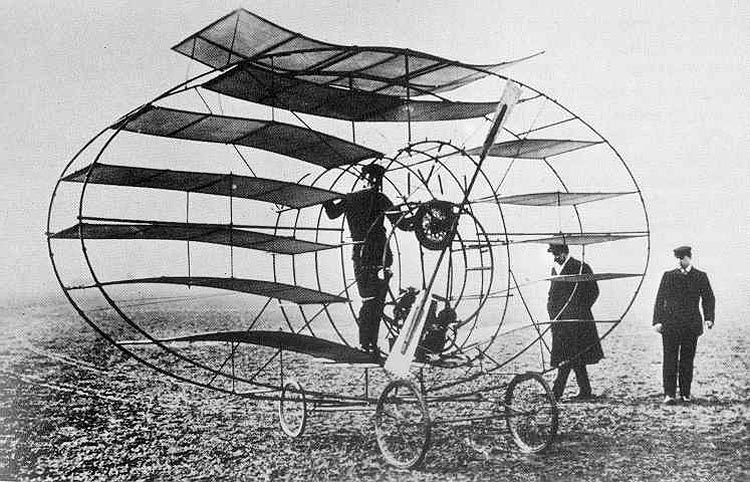
D’Equevillay 1908
Following the groundbreaking achievements of the Wright brothers, the early 20th century witnessed a flurry of aviation activity as pioneers around the world sought to further advance the field.
This period marked the dawn of aviation as a practical mode of transportation and opened up new possibilities for exploration, communication, and commerce.
Alberto Santos-Dumont: In France, Alberto Santos-Dumont, a Brazilian aviation pioneer, made significant contributions to the development of aviation.
He gained fame for his successful flights in the early 1900s, often in front of crowds in Paris. Santos-Dumont’s achievements included flying the 14-bis, a canard-configured aircraft, in 1906.
His contributions to the field of aviation and his innovative designs captured global attention and sparked further interest in flying machines.
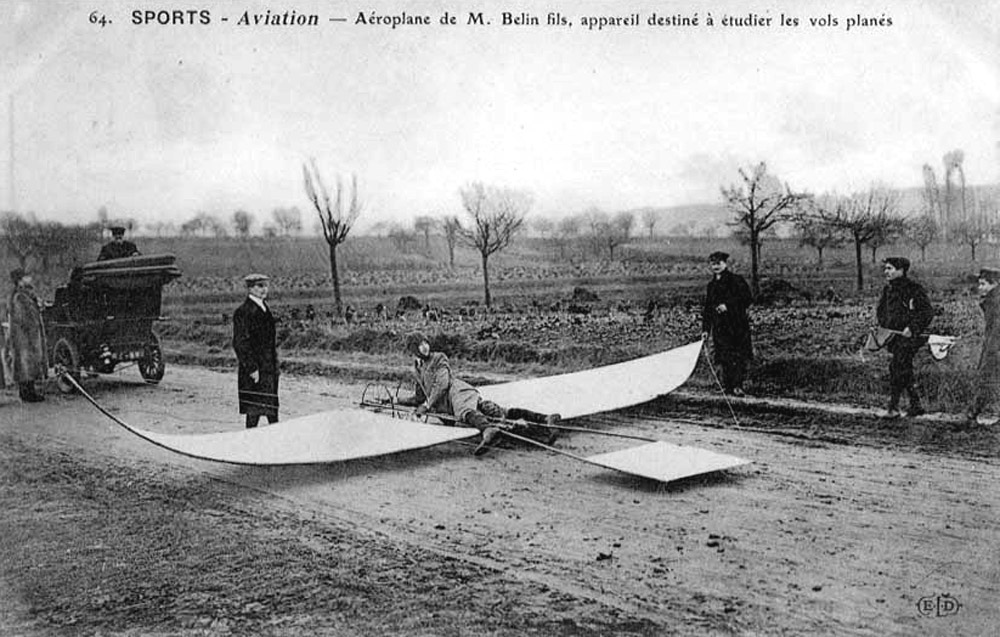
Belin, 1900s.
Glenn Curtiss: In the United States, Glenn Curtiss played a pivotal role in the advancement of aircraft design and development.
Building on the foundations laid by the Wright brothers, Curtiss made important improvements to aircraft engines and created successful aircraft models.
He developed the first practical seaplane, the Curtiss Model E, in 1911, demonstrating the potential of aircraft to take off and land on water.
His innovations in engine design, including the development of lightweight and reliable engines, greatly influenced the future of aviation.
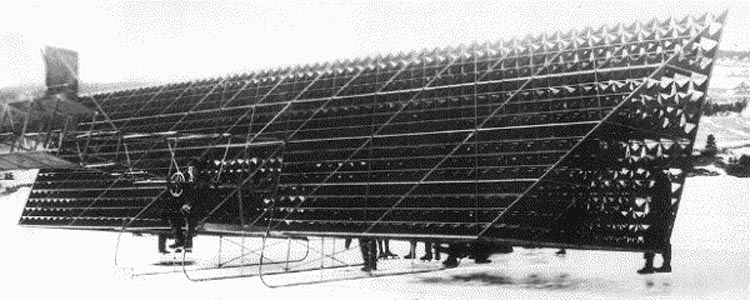
Bell Cygnet 1907
Louis Blériot: Louis Blériot, a French aviator and aircraft manufacturer, made history in 1909 by completing the first flight across the English Channel.
Piloting his Blériot XI monoplane, he braved challenging weather conditions and navigated across the 38-kilometer (24-mile) stretch of water, showcasing the potential of aviation for long-distance travel. Blériot’s feat captured the imagination of the world and further fueled the public’s fascination with flight.
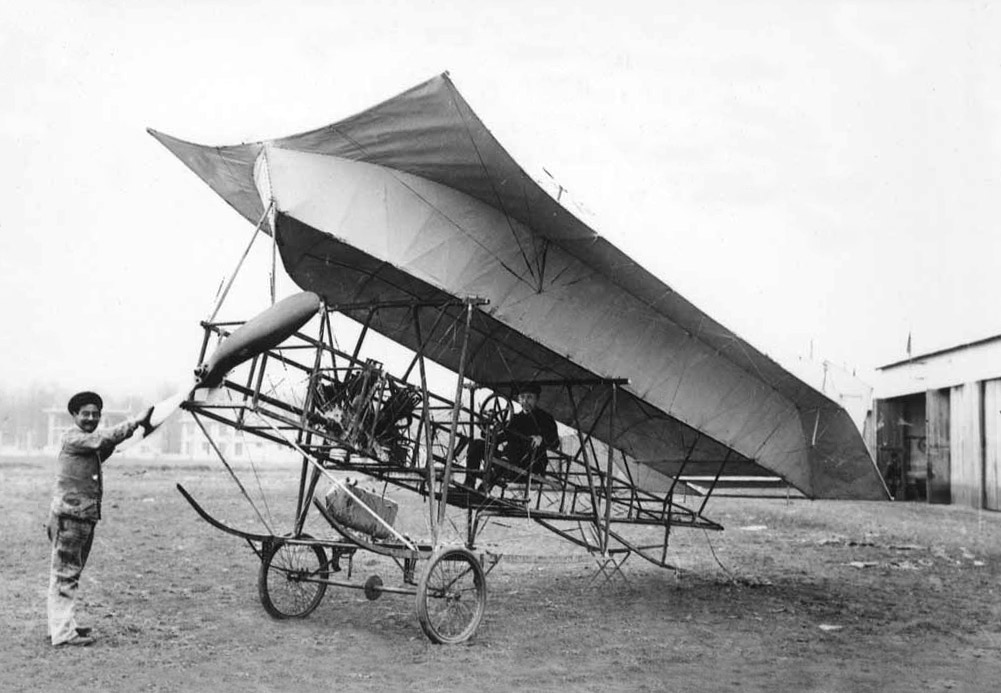
Jourdan 1911
During this period, aerial exhibitions and air races became popular forms of entertainment, captivating audiences with displays of aviation prowess.
Pilots performed daring maneuvers, aerial acrobatics, and even races, showcasing the capabilities of their aircraft. These events not only entertained the public but also served as platforms for testing and refining new technologies and techniques.
The early 20th century also saw the emergence of commercial aviation. As aircraft designs improved, entrepreneurs and visionaries recognized the potential for transporting passengers and cargo by air.
The first scheduled commercial airline service took flight in 1914, when the St. Petersburg-Tampa Airboat Line began offering regular flights in Florida, USA.
The success of this venture paved the way for the establishment of more airlines and the rapid expansion of air travel worldwide.
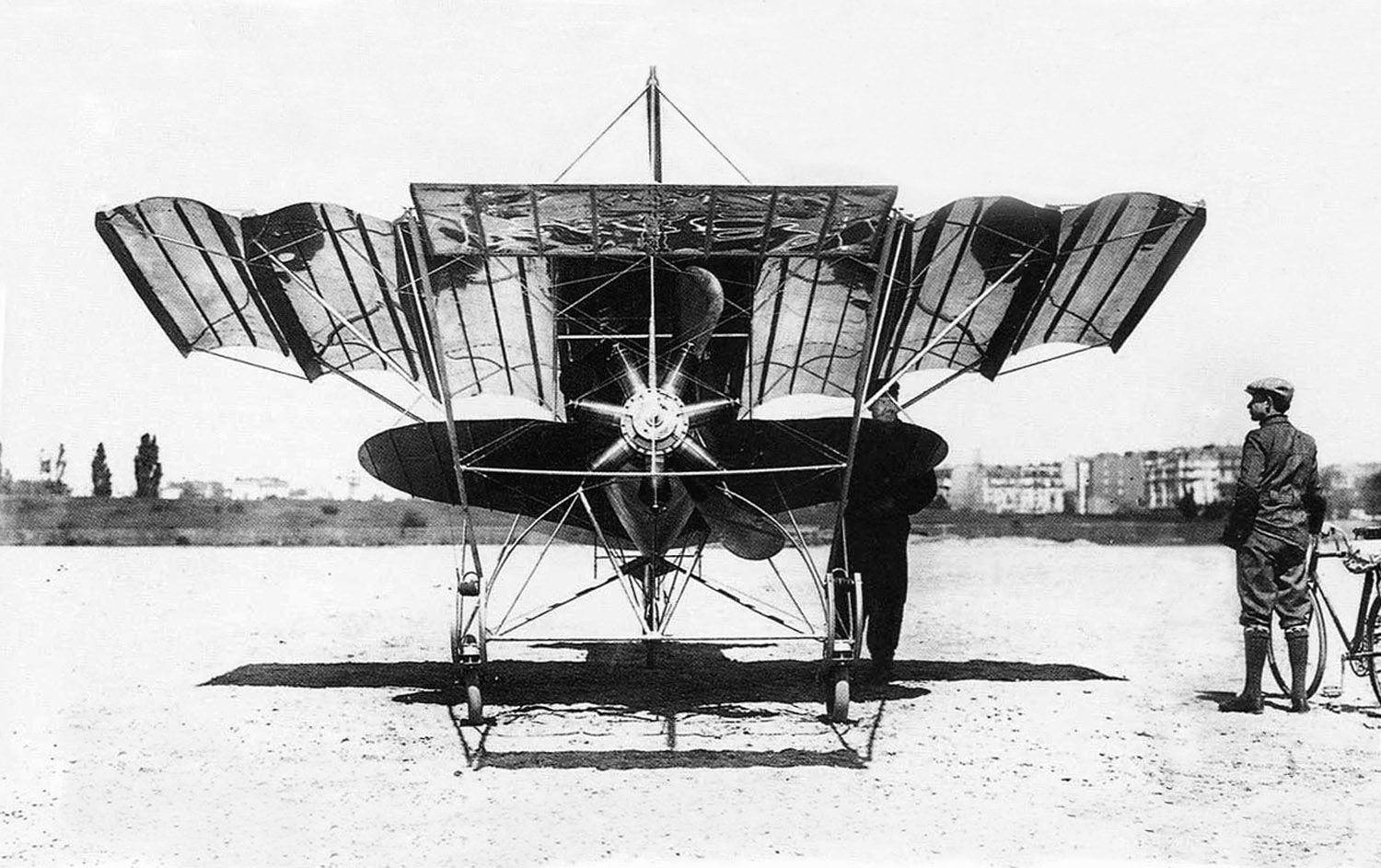
Moisant 1909
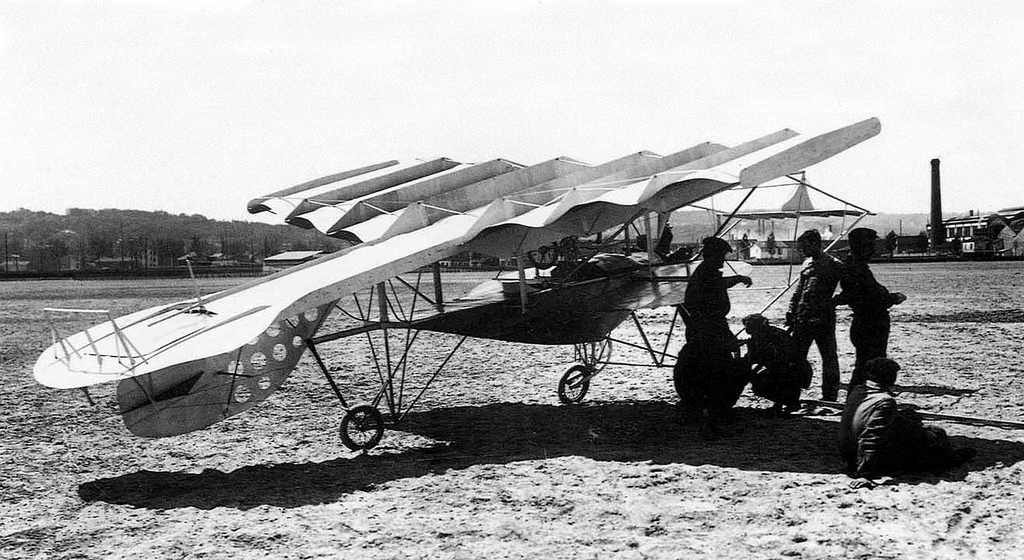
Moisant 1909
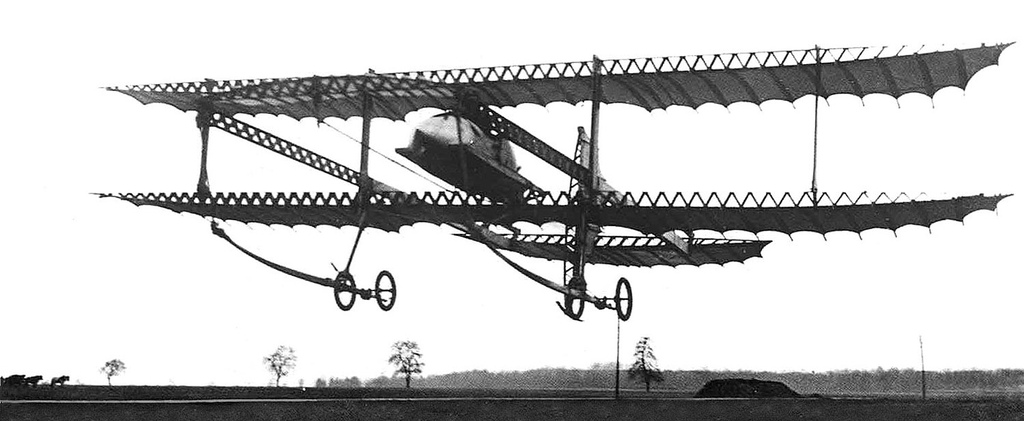
Paulhan 1911
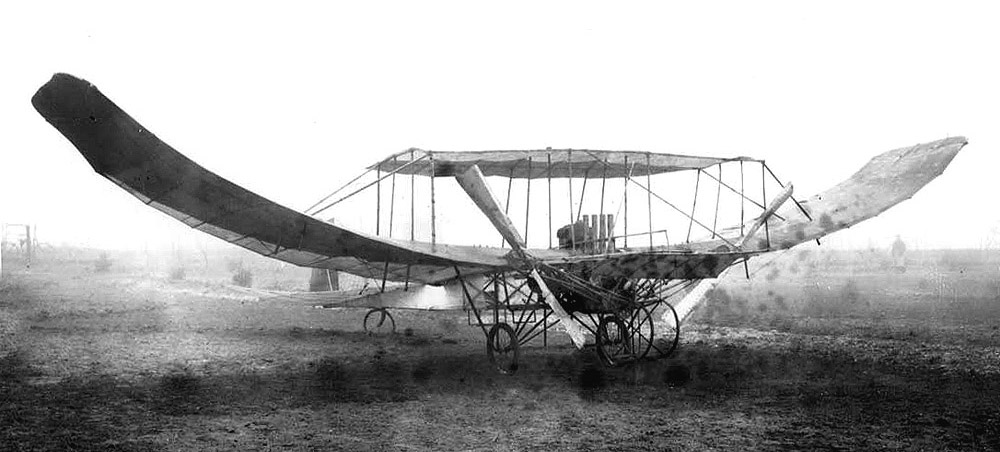
Robart 1908
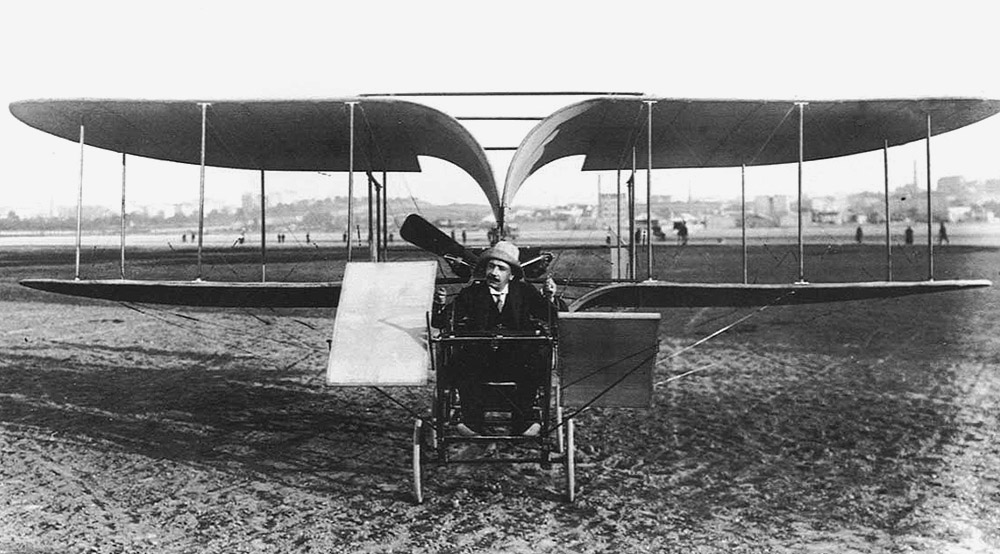
Da Silva 1909
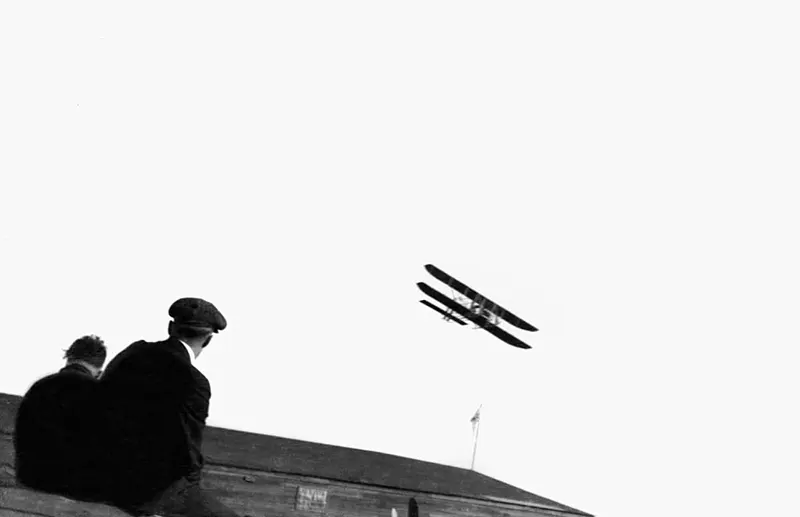
Two men watch an early biplane fly in Ohio, 1910s.
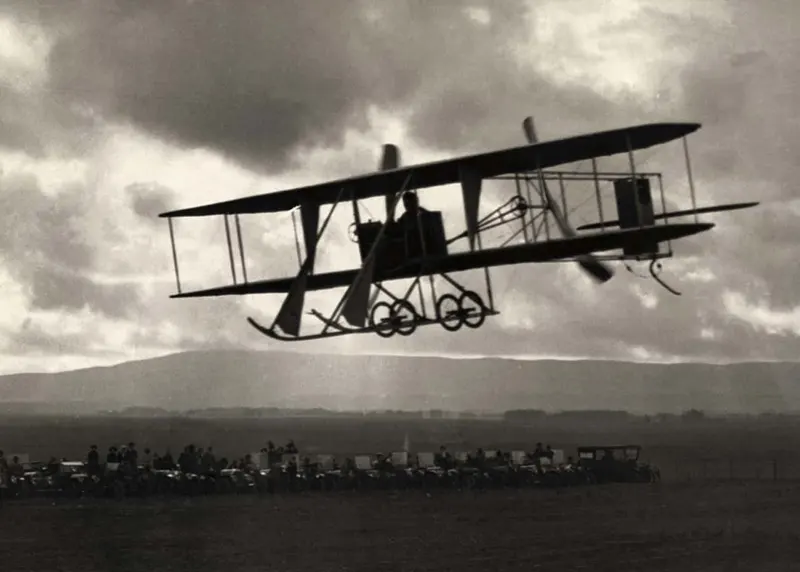
A Wright Brothers plane flying by spectators.
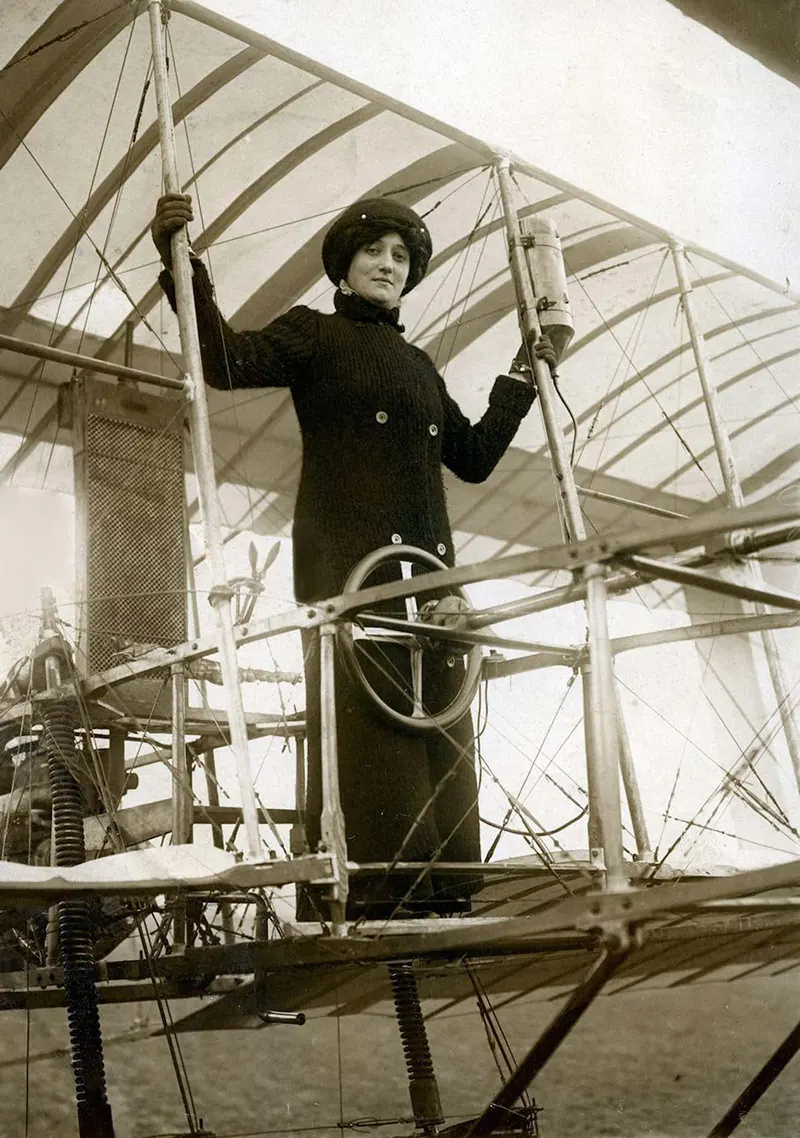
Baroness Elise Deroche posing on the wing of an airplane.
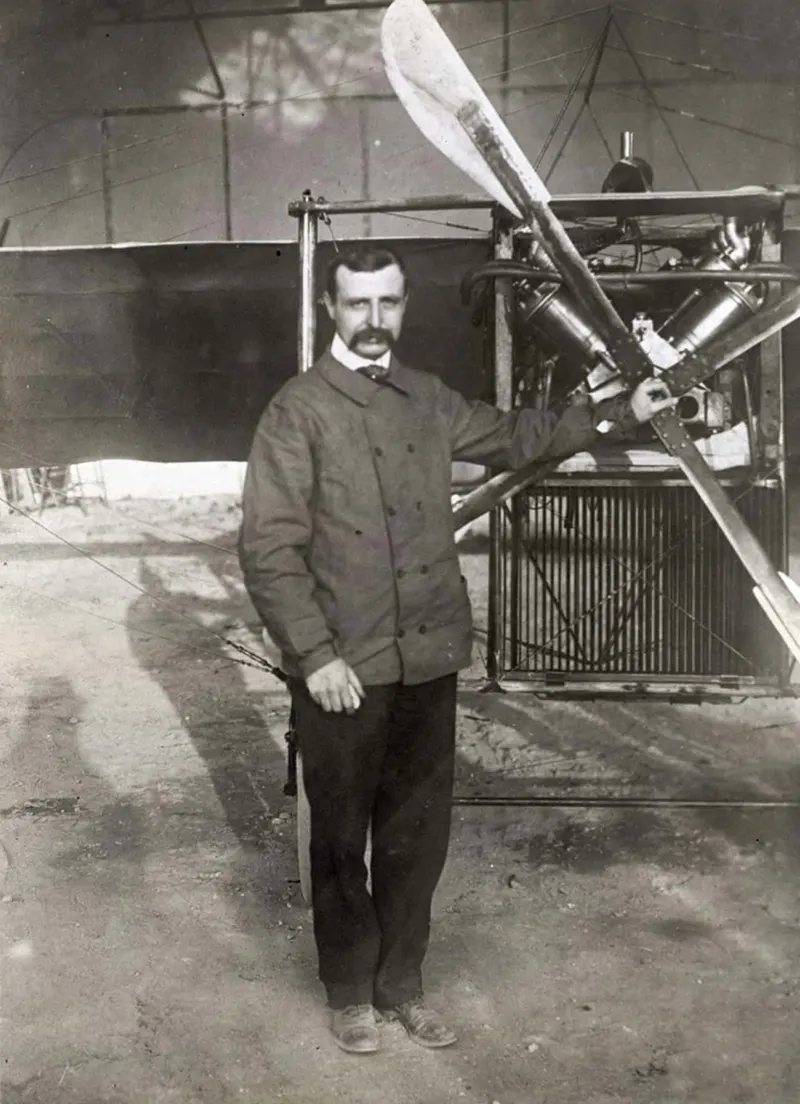
Pioneering French Aviator Louis Bleriot with his experimental monoplane.
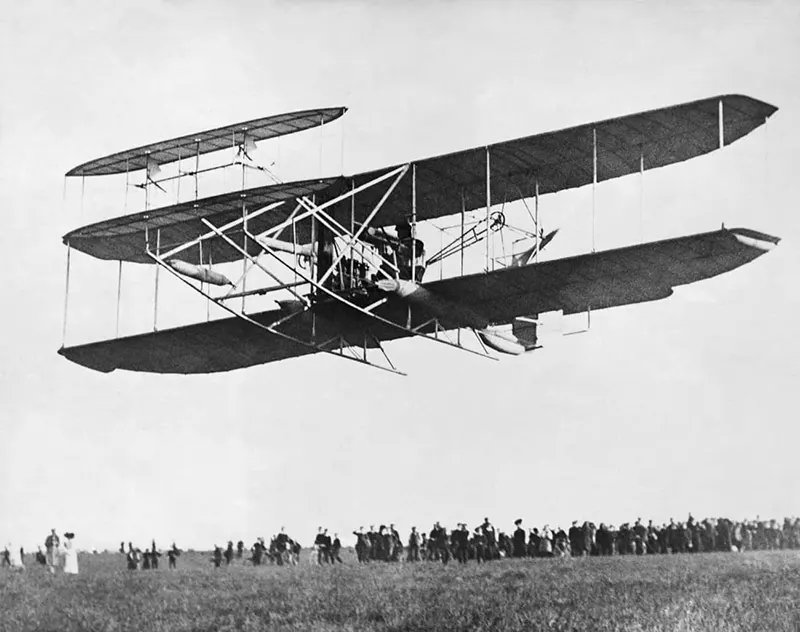
The Wright Brothers demonstrate their model a plane, 1910s.
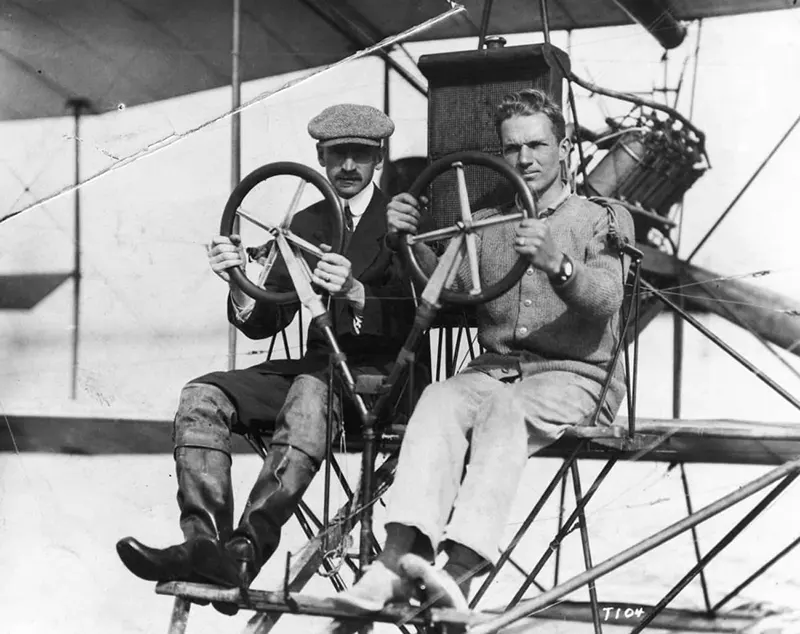
Glenn Curtiss and Lieutenant John Towers posing with a curtiss aircraft plane.
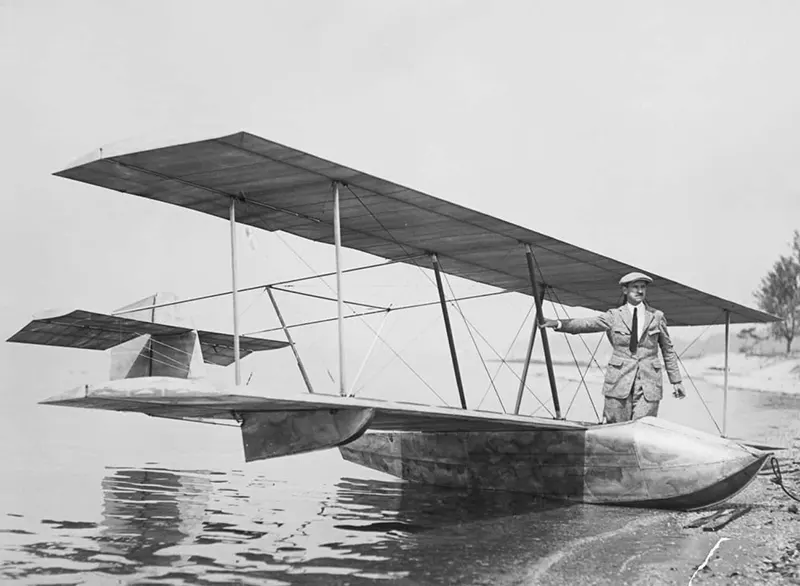
Pioneering Aviator Glenn Curtiss standing by one of his early gliders.
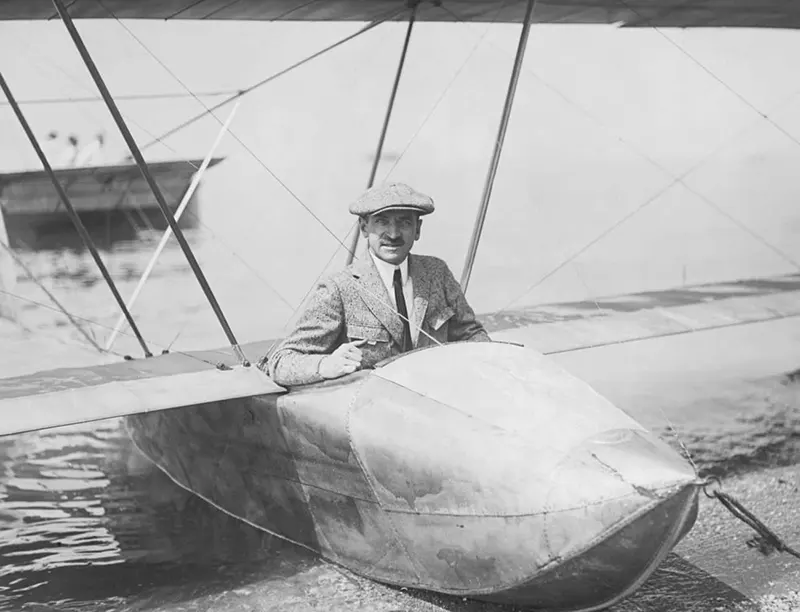
Glenn Curtiss sitting in an early glider.
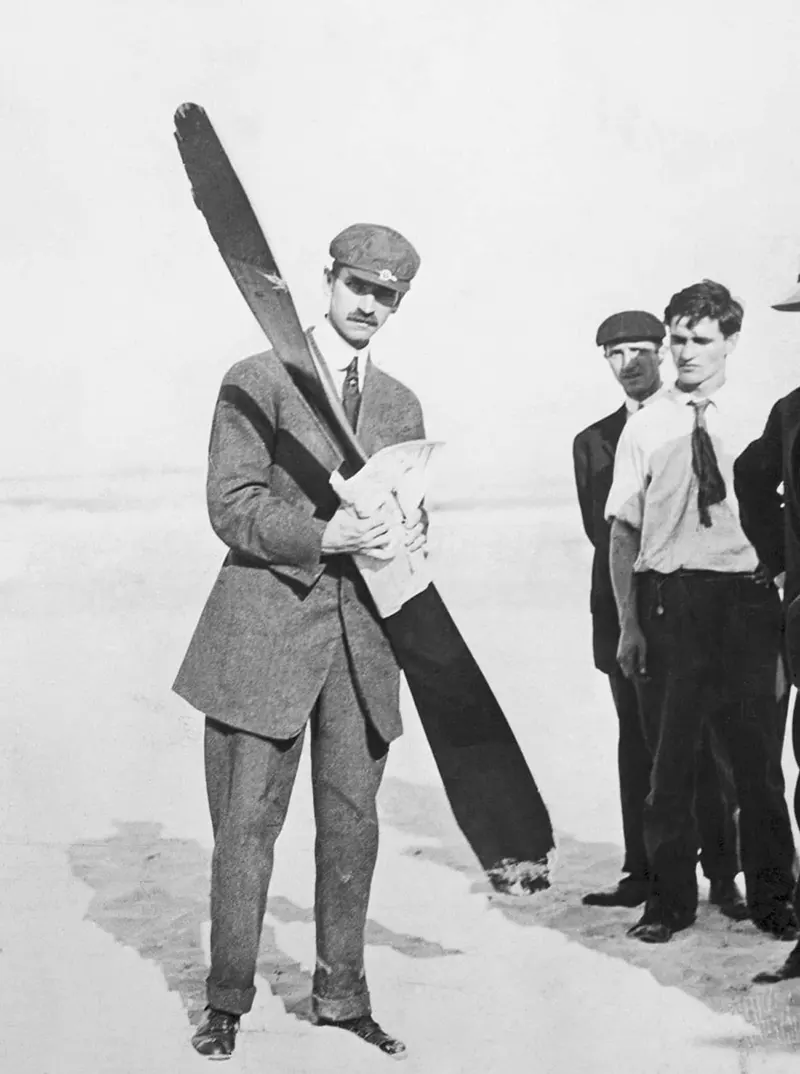
Glenn Curtiss holding a propeller on a beach in Atlantic City.
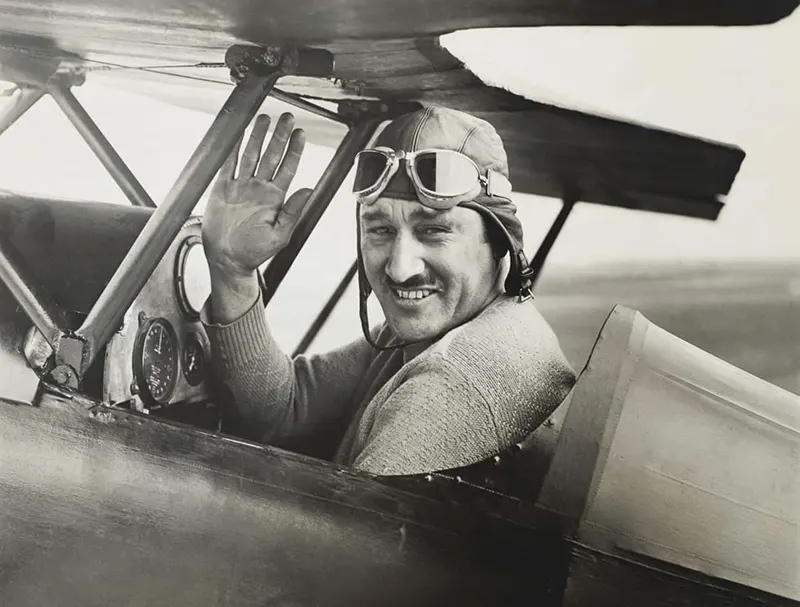
The early pilot Bert Acosta waving before take off in a tiny monoplane.
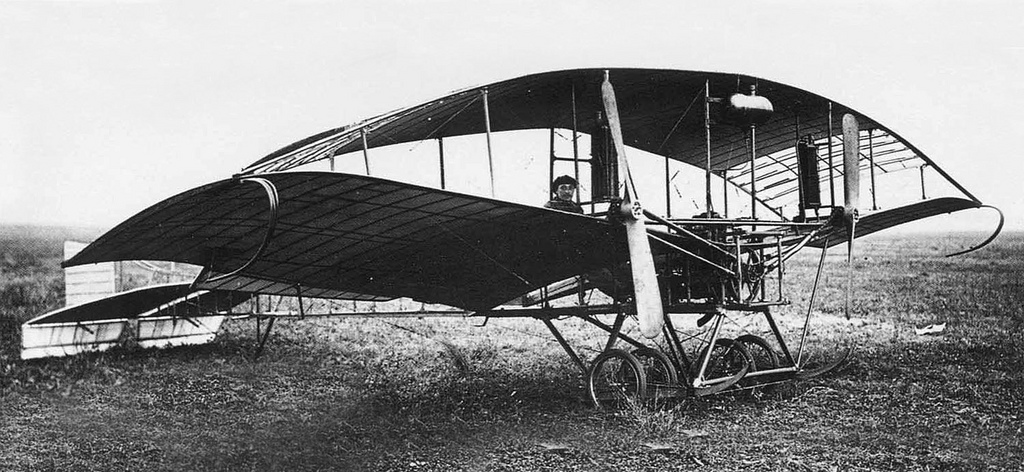
Sloan 1910
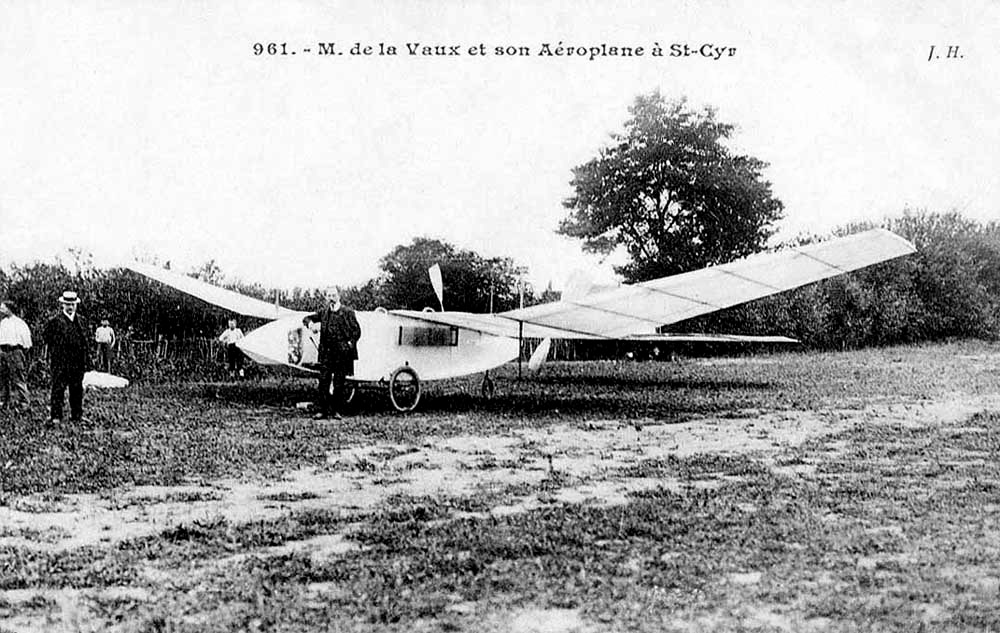
De La Vaux
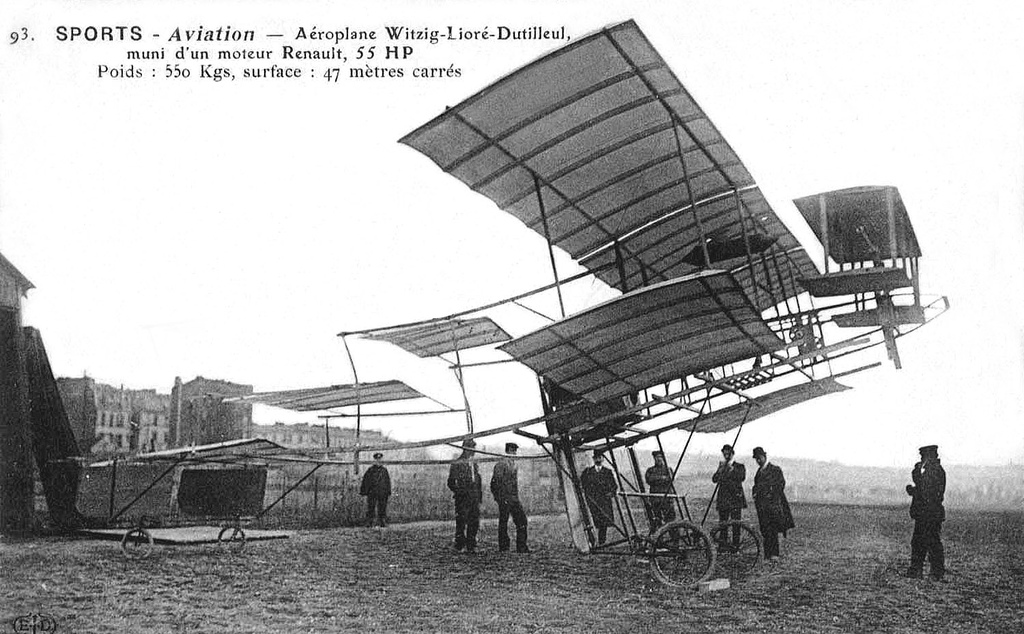
Witzig-Liore-Dutilleul
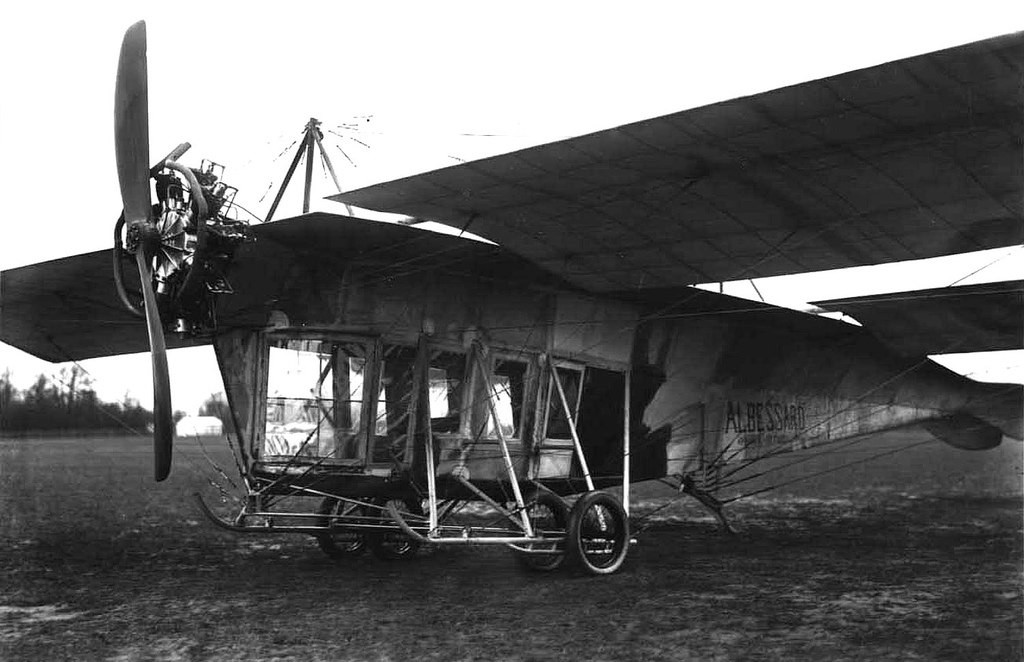
Albessard
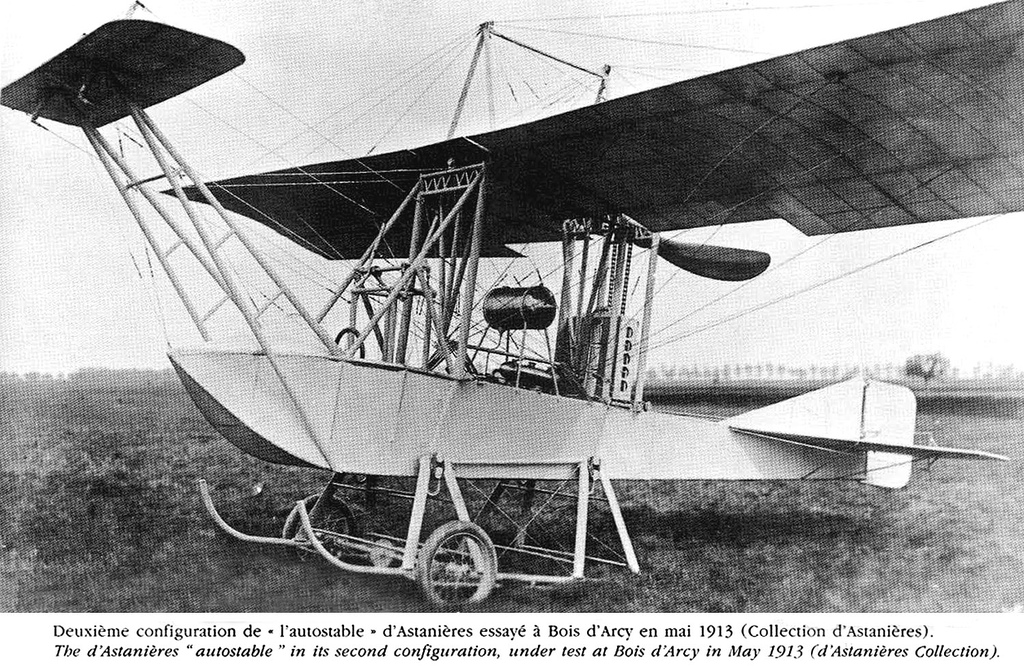
Autostable
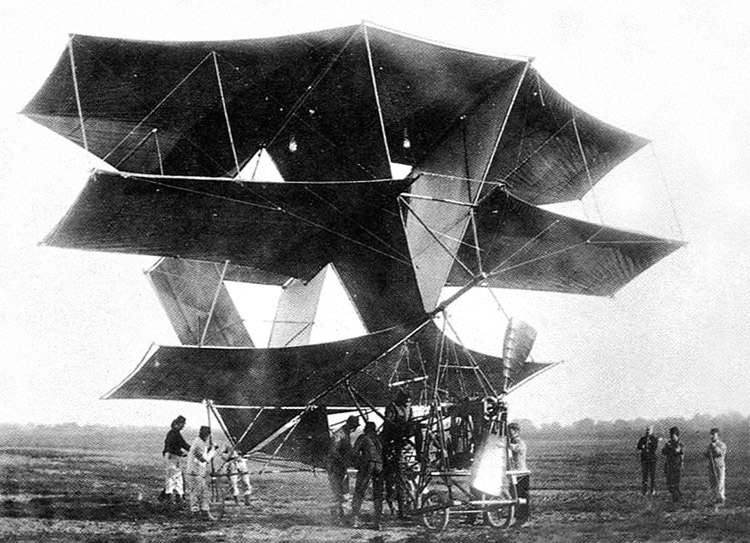
Dorand 1908

Gilbert
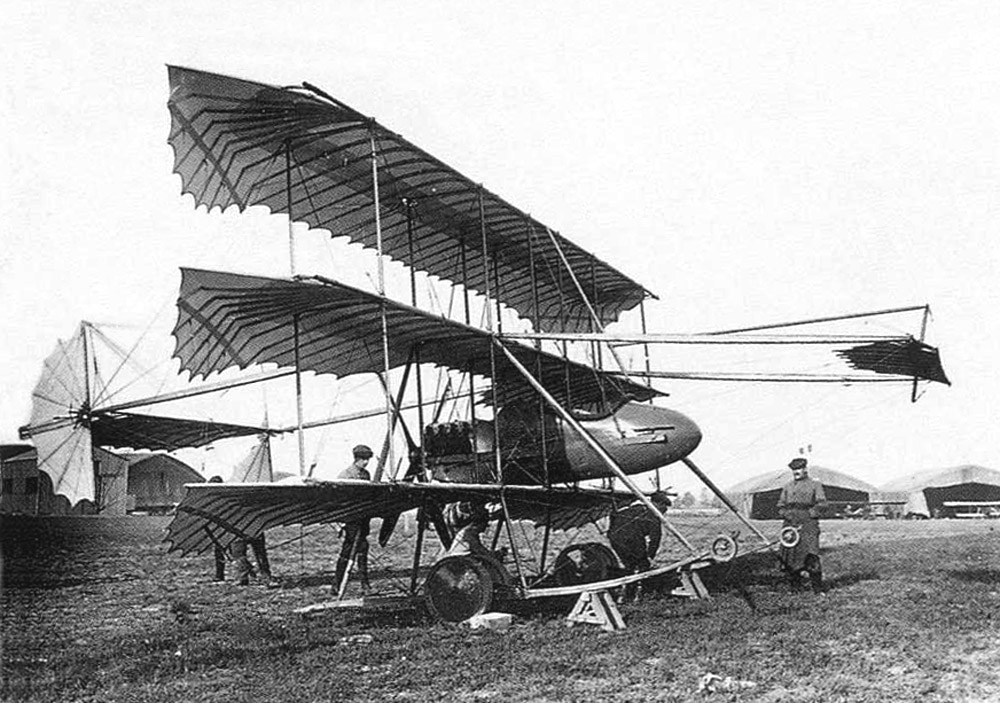
Paulhan 1911
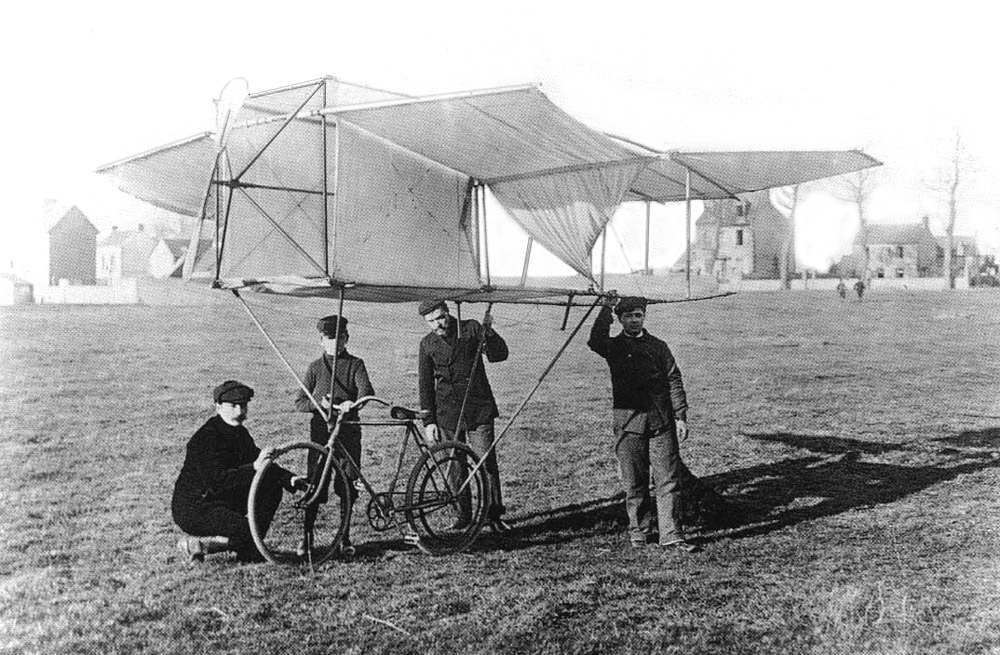
De Puiseux When bicycling and gliding collide.
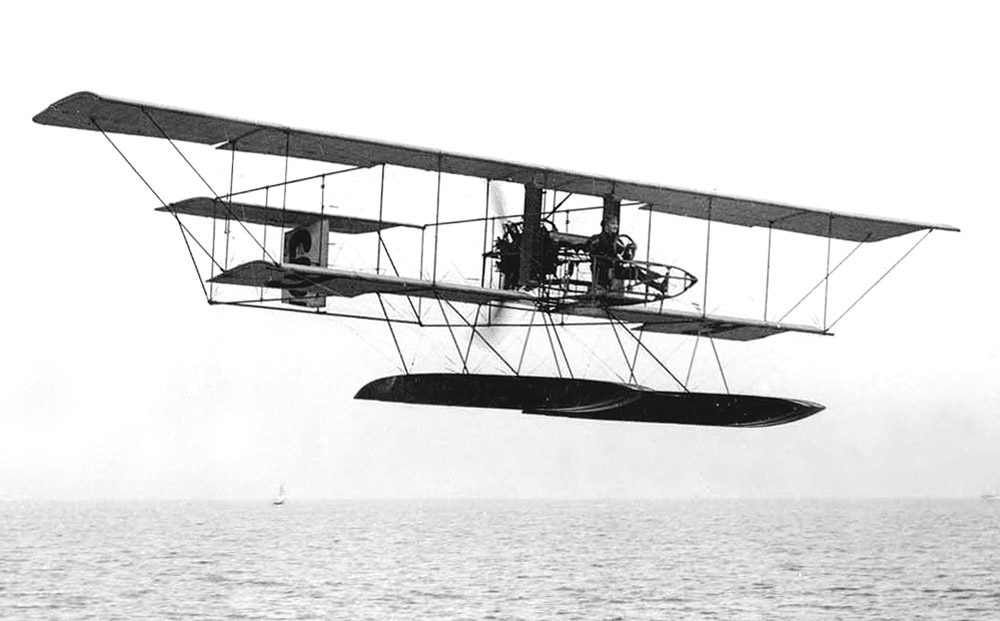
Sanchez Besa 1912
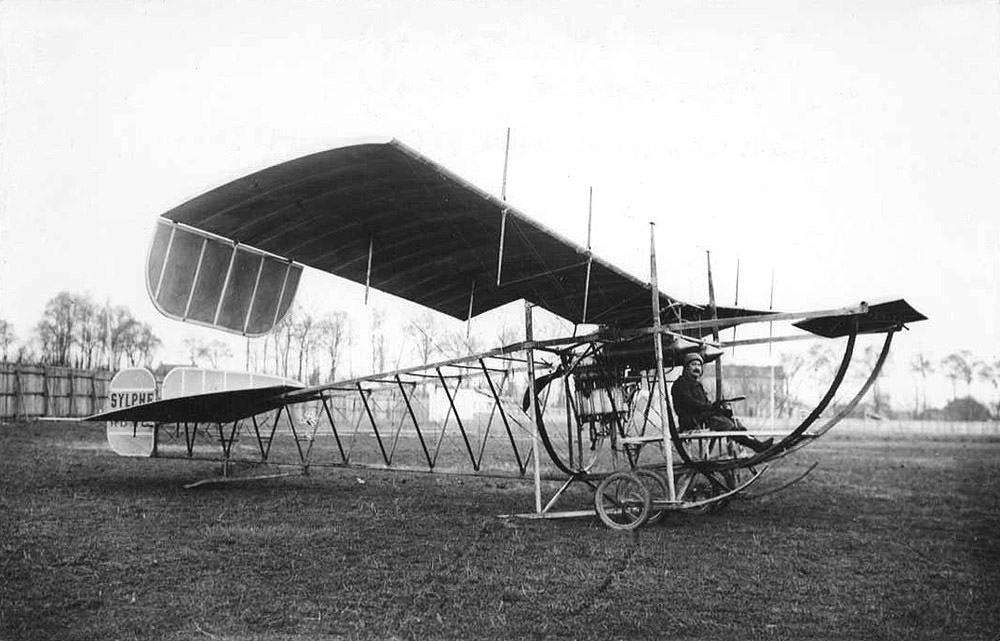
Sylphe 1911
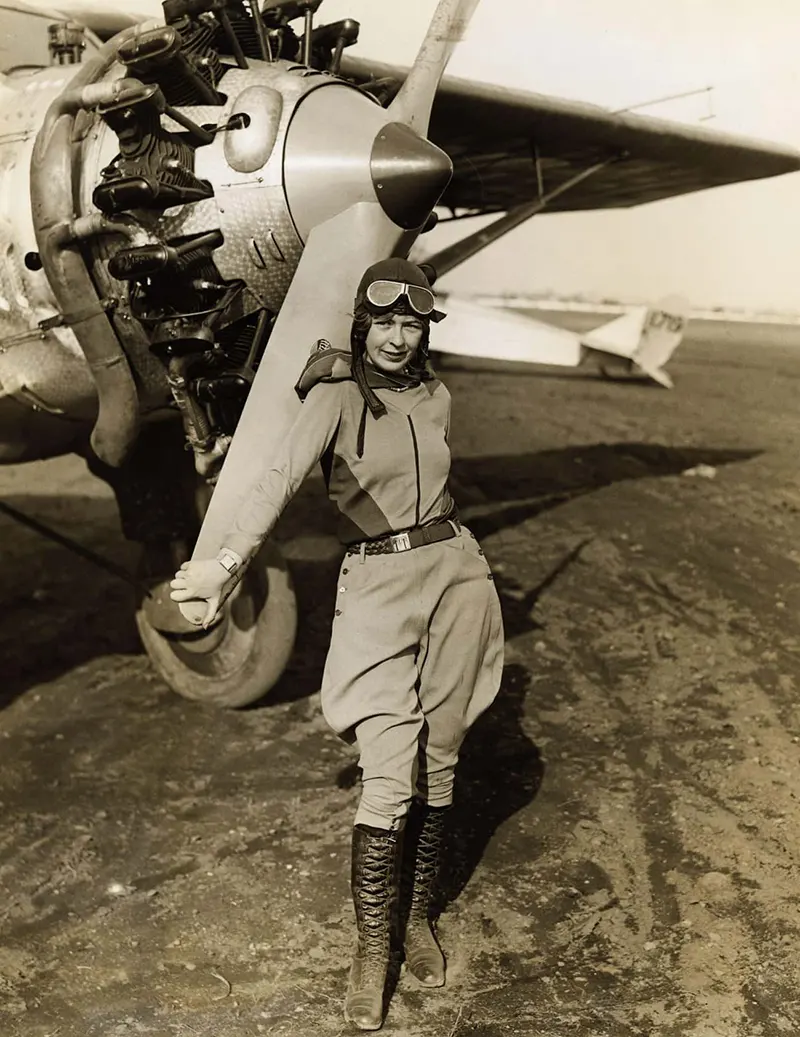
Pilot Elinor Smith, preparing to beat Martin Jensen’s solo flight endurance record.
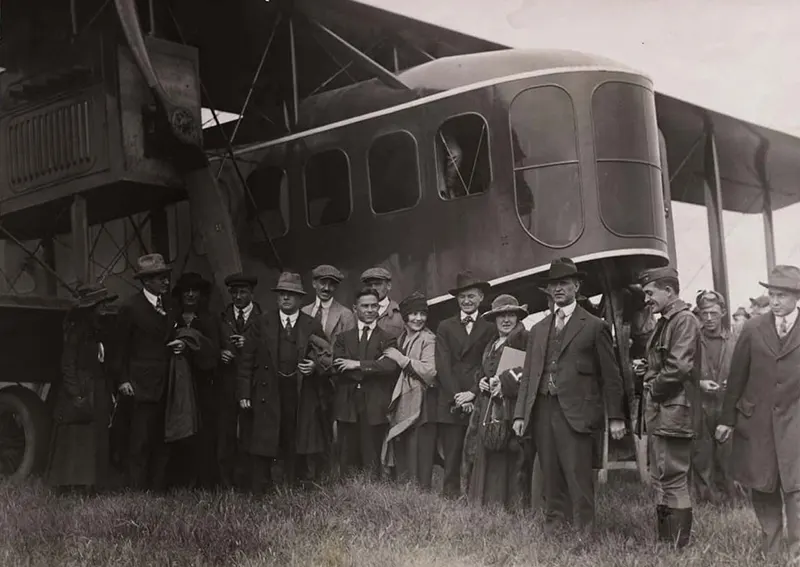
Passengers on an early transcontinental flight.
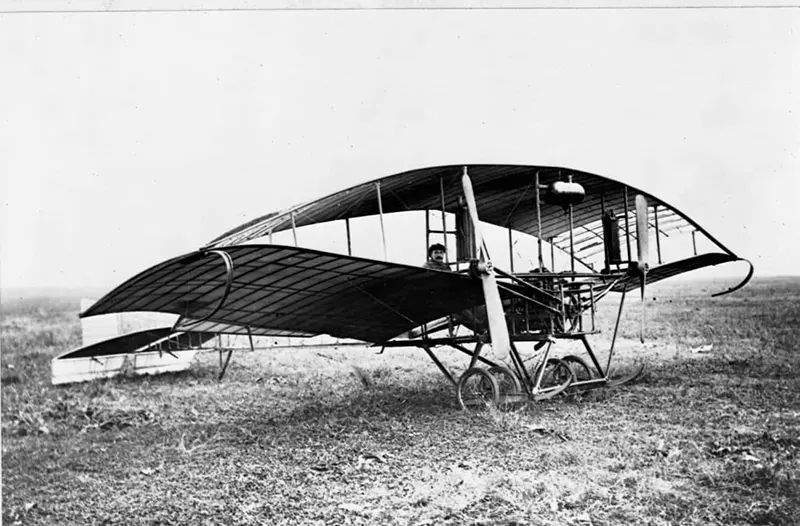
An experimental biplane with a pilot.
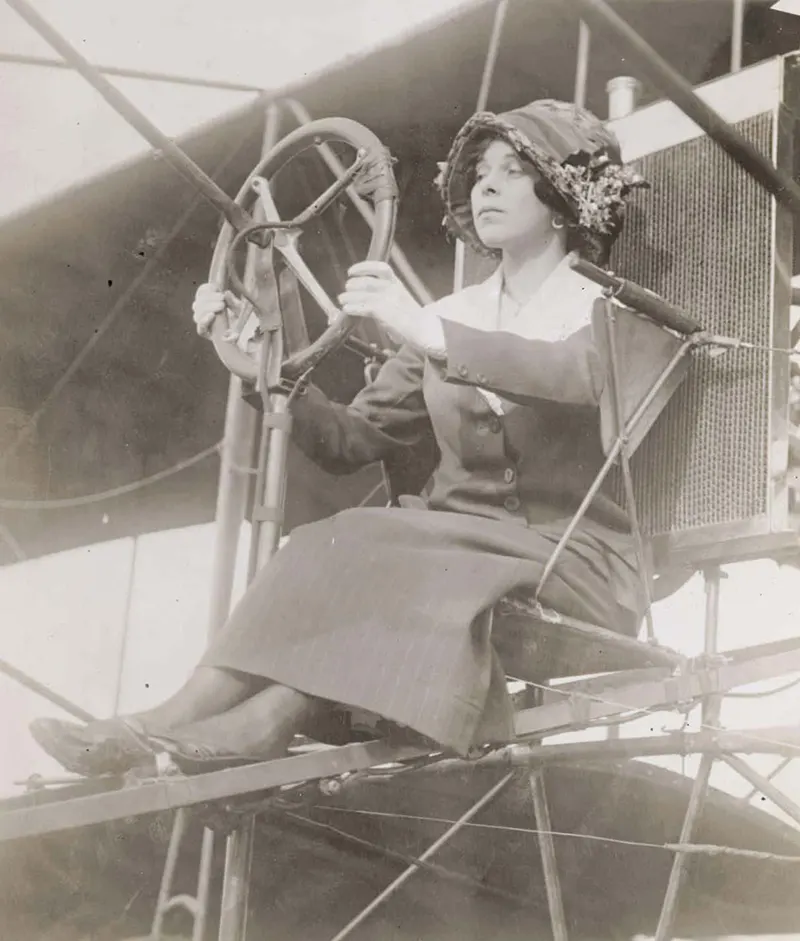
Early aviation pioneer Julia Clark behind the wheel of a plane.
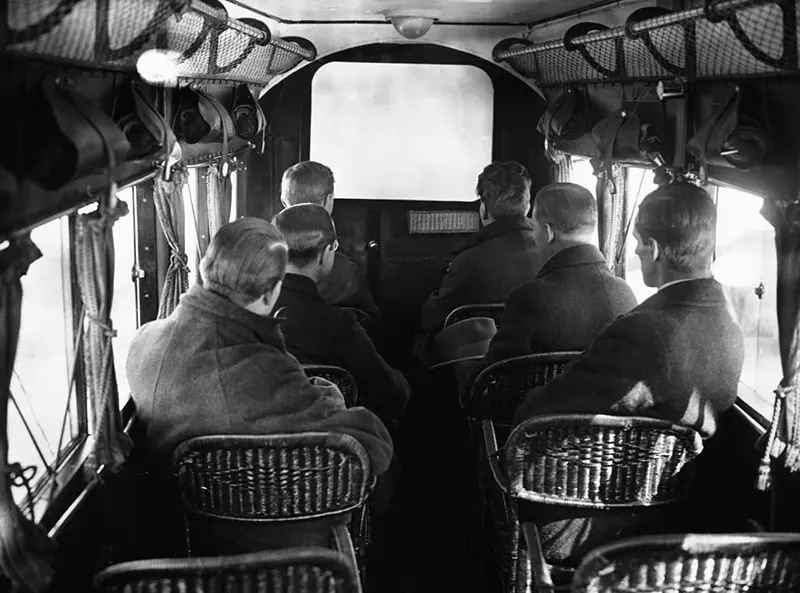
Passengers watching the first ever in-flight movie.
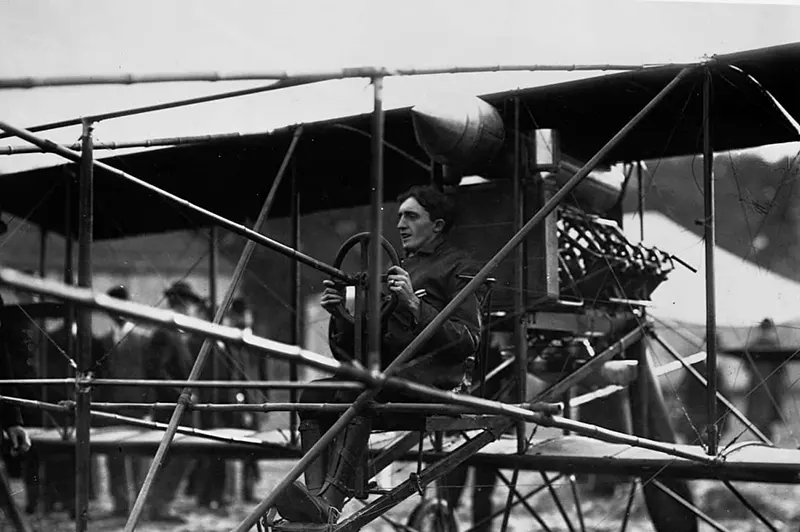
Charles K. Hamilton in an early model airplane.
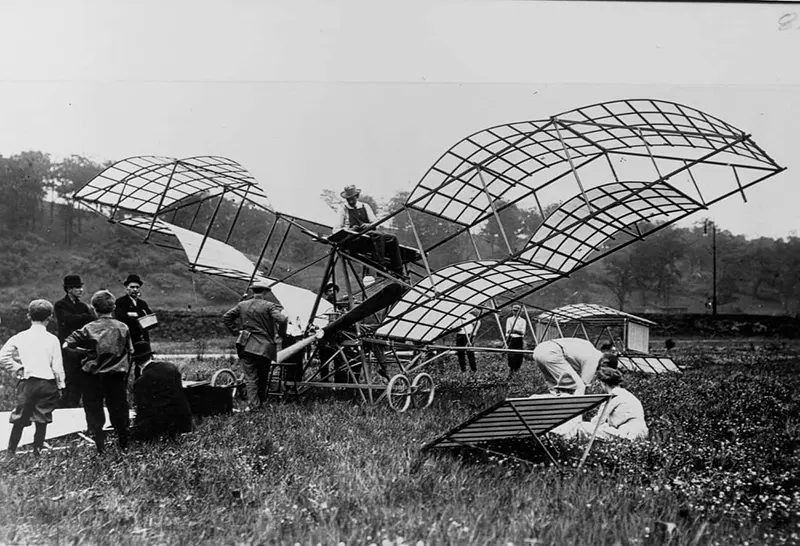
John Kowalski aboard an experimental plane.
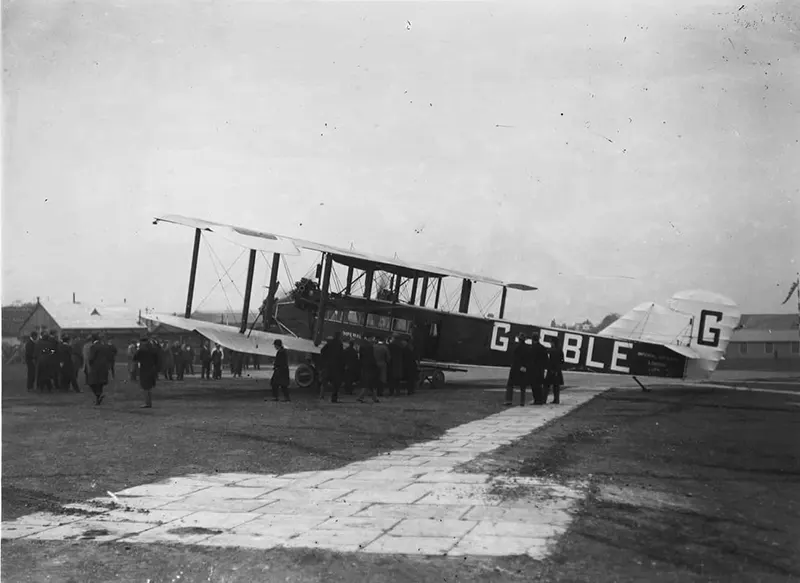
An early commercial trimotor biplane.
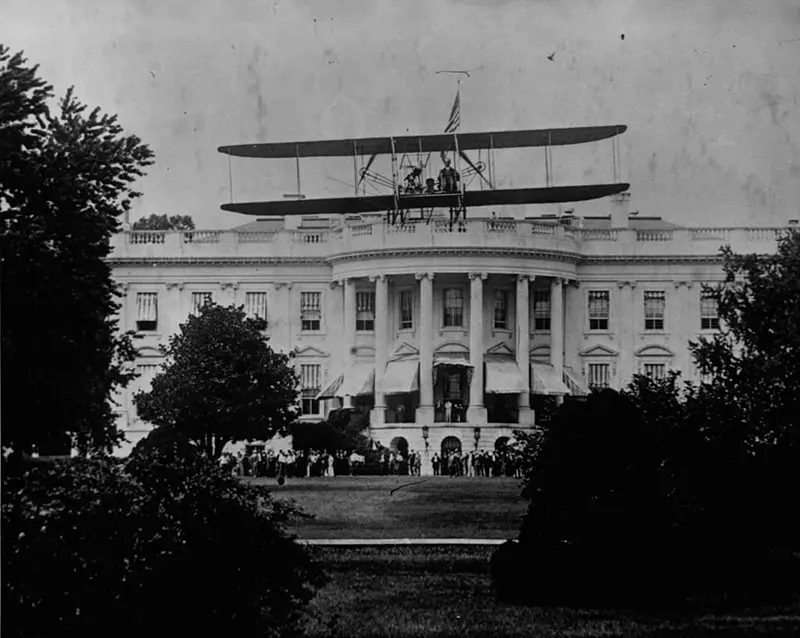
A biplane flying over the White House lawn.
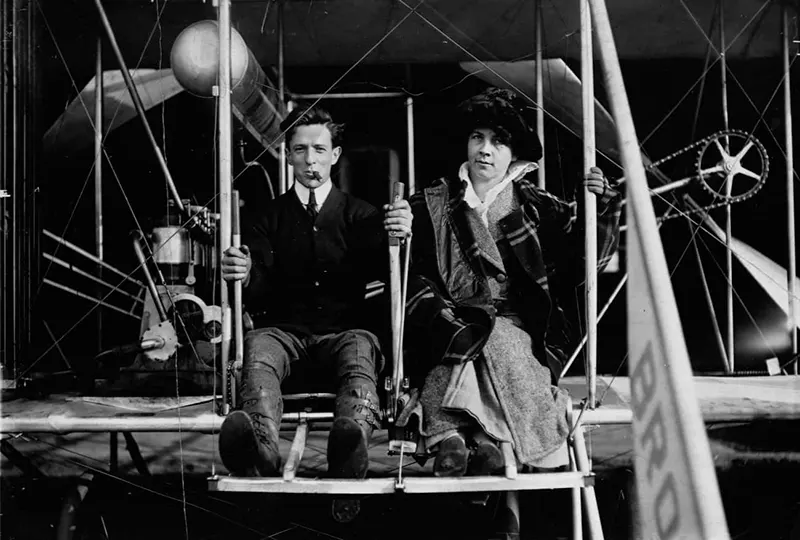
Pilot Harry Bingham Brown with Isabel Patterson in an early airplane.
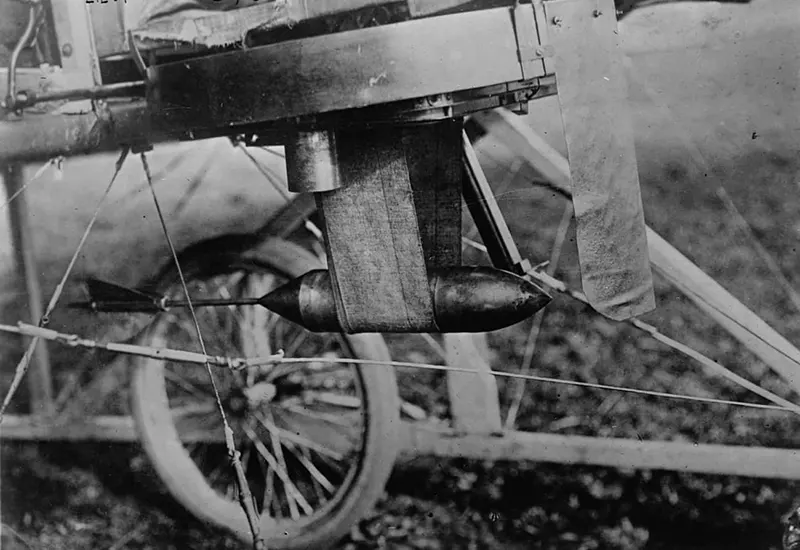
A small bomb on an early airplane.
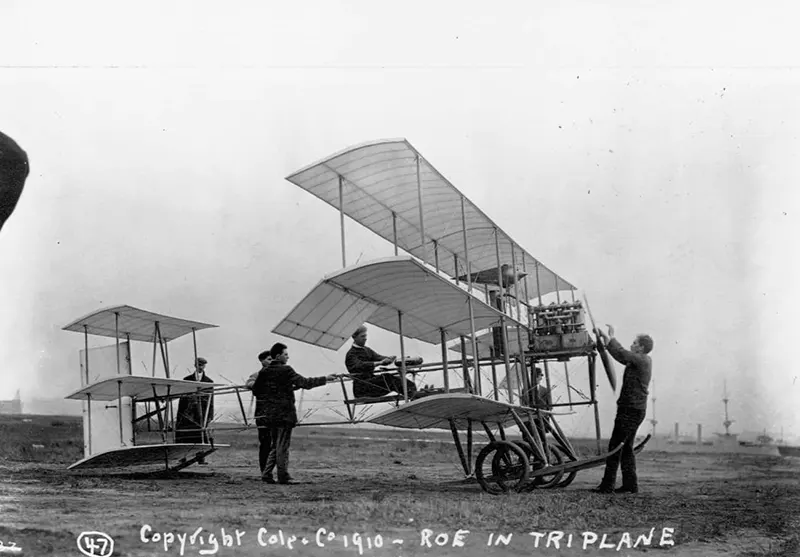
An early triplane with pilot and crew.
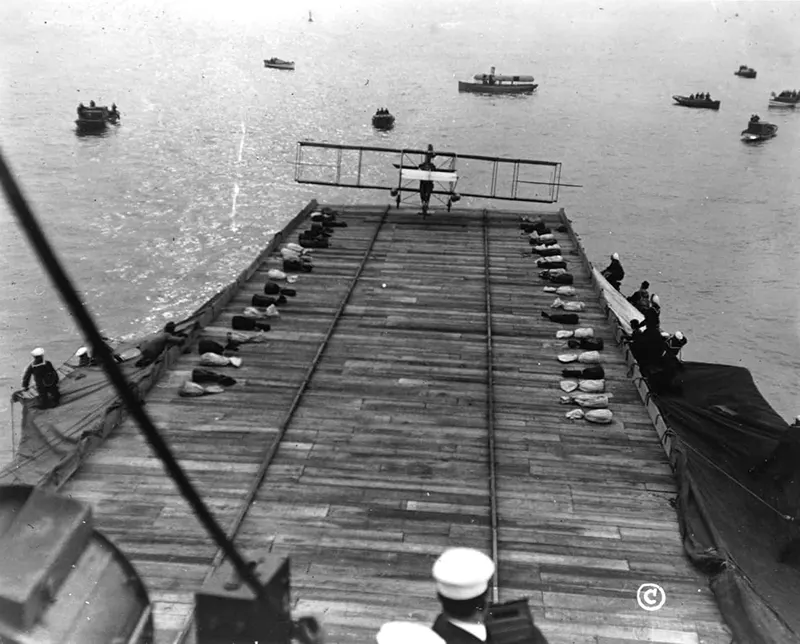
A biplane landing on the USS Pennsylvania.
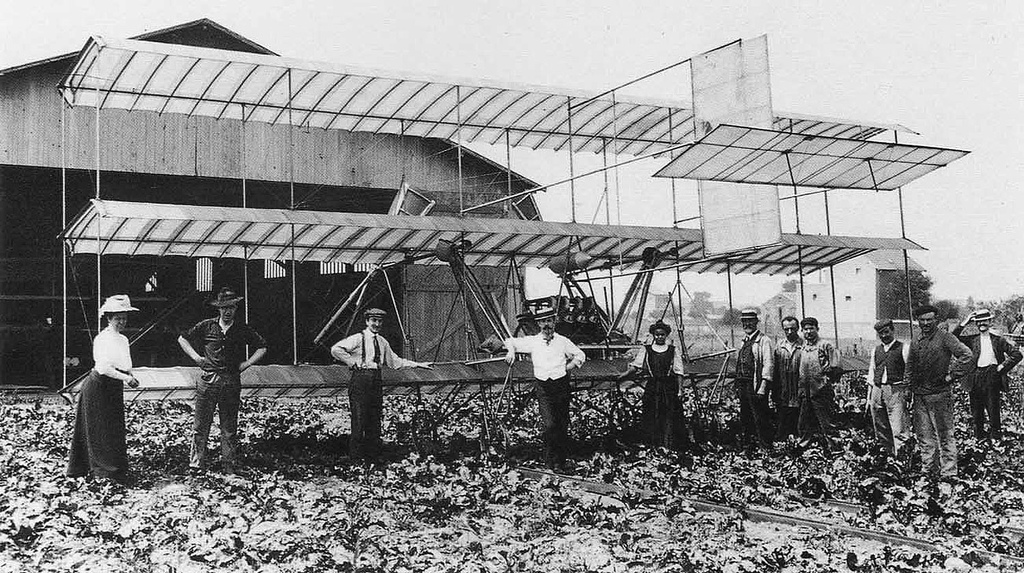
Vaniman
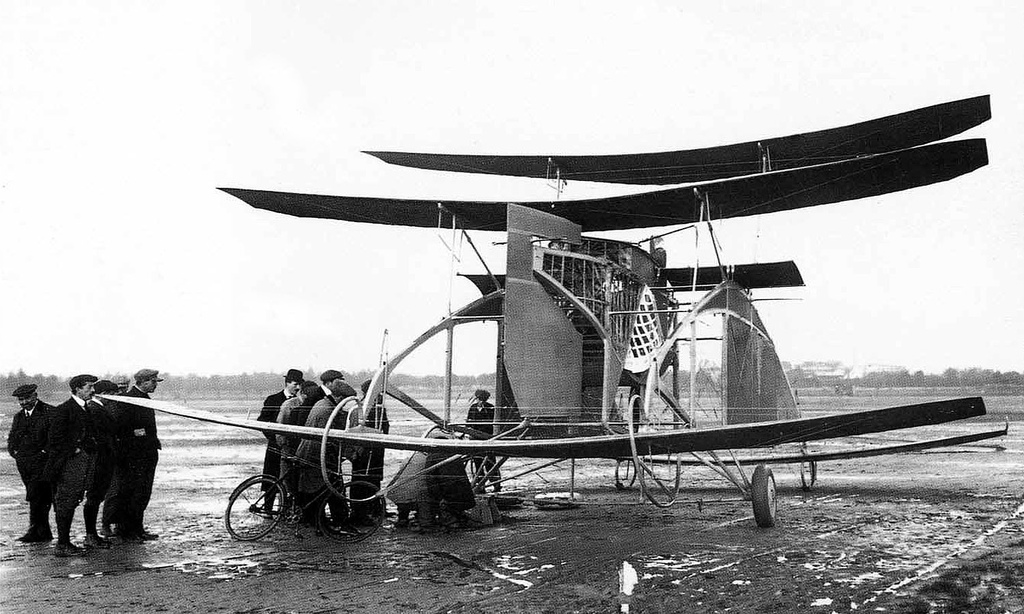
Vedovelli 1911
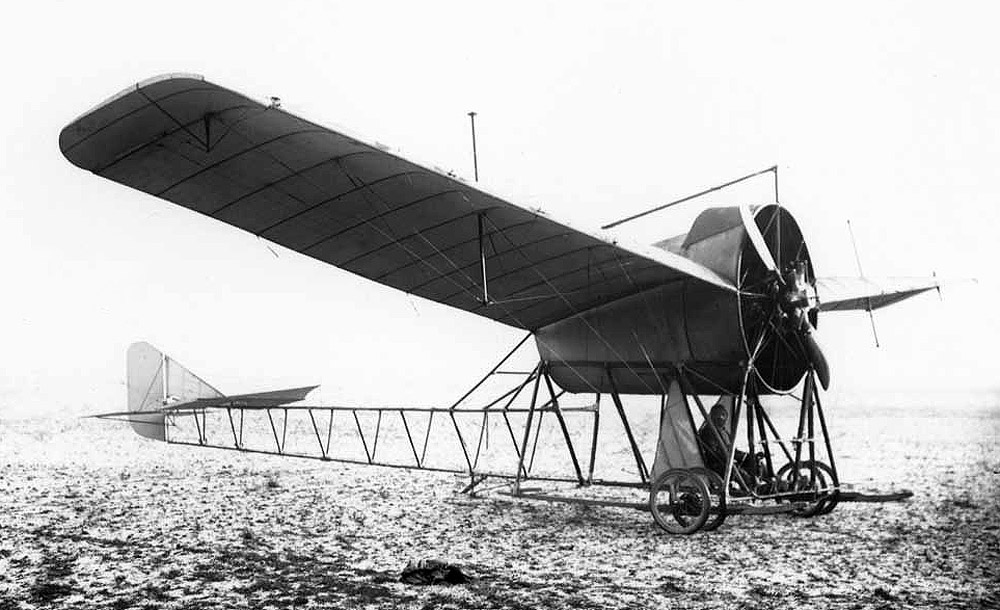
Jourdan 1911
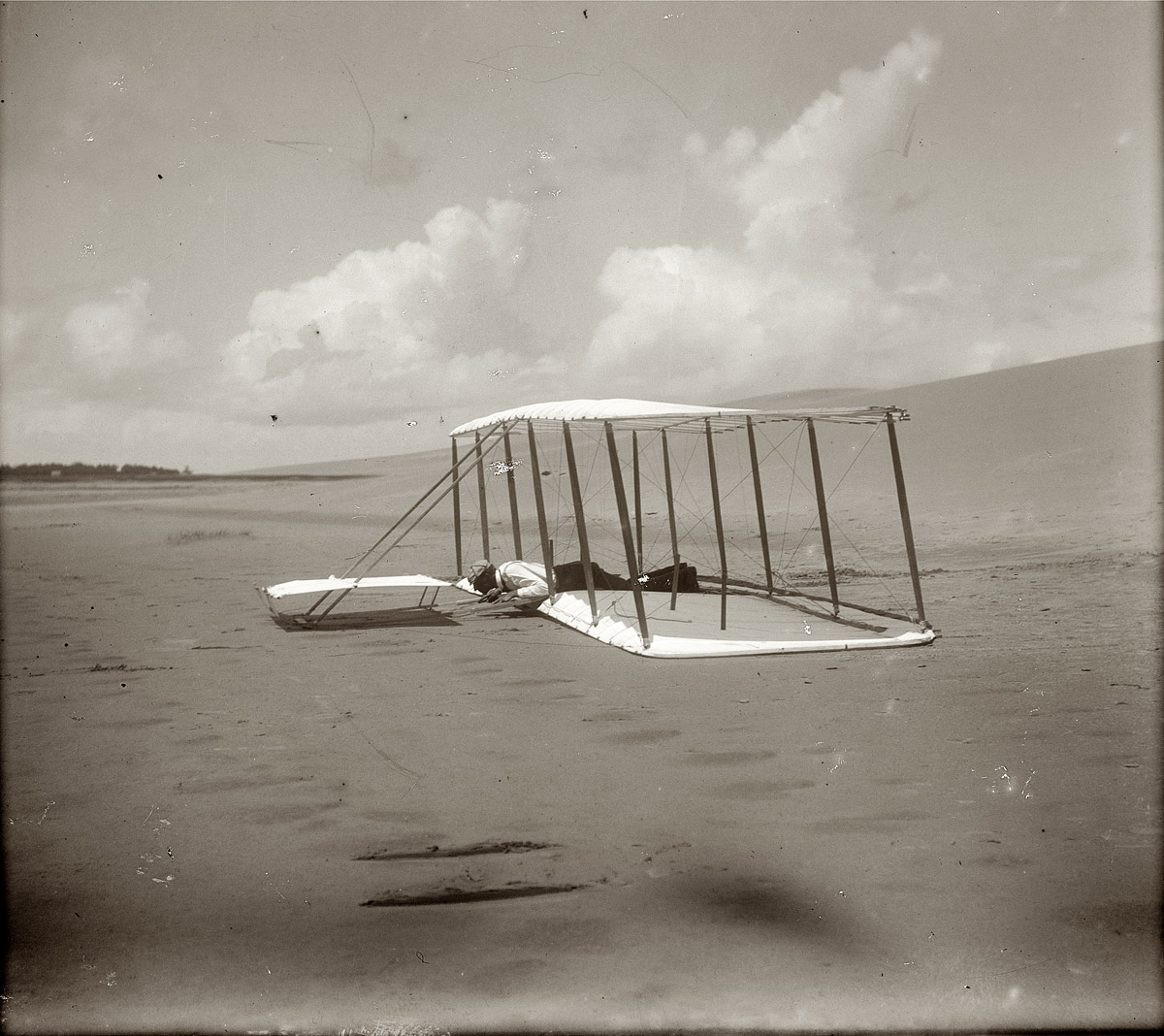
Kitty Hawk, North Carolina. Wilbur Wright and the glider just after landing, 1901.
(Photo credit: Library of Congress / Wikimedia Commons / Britannica / Pinterest / Flickr / Kirn Vintage Stock Corbis Collection on Art.com ).

